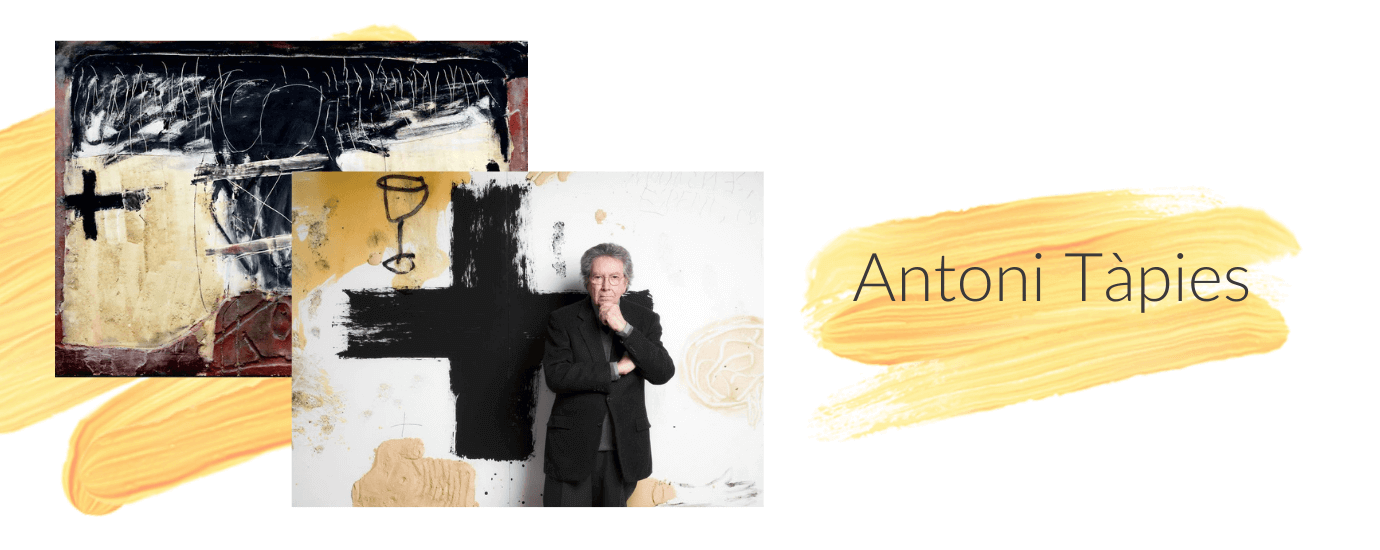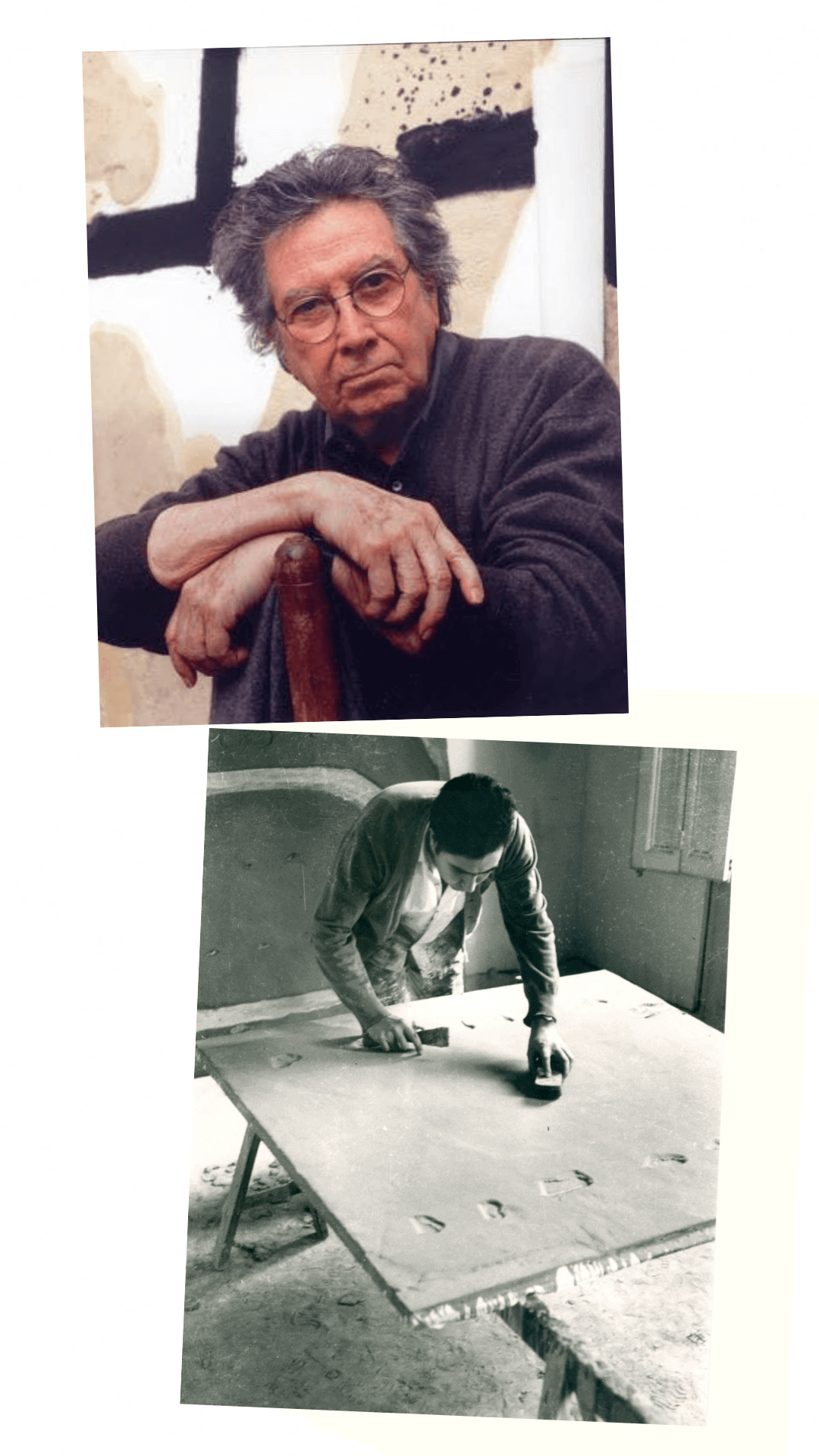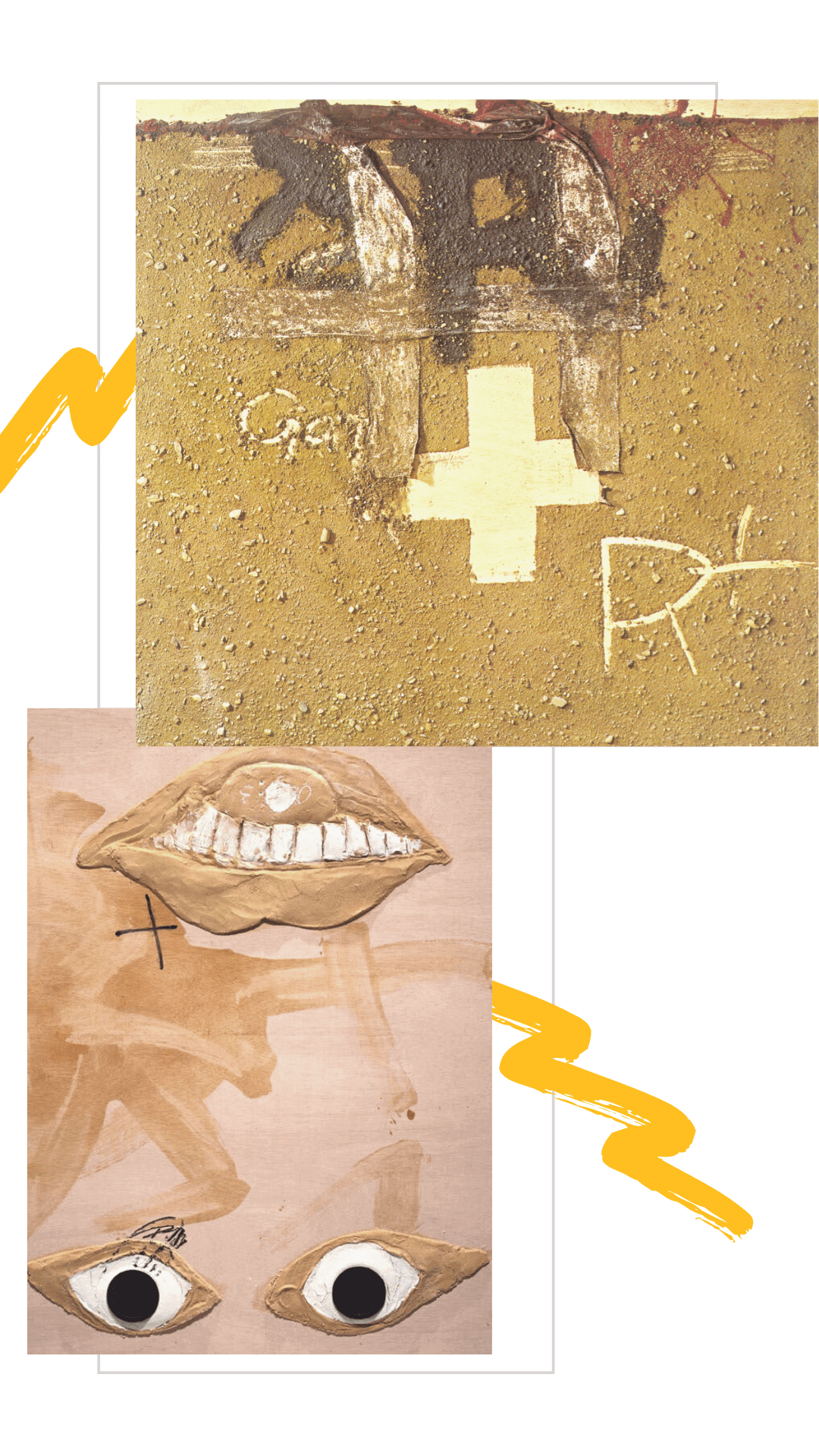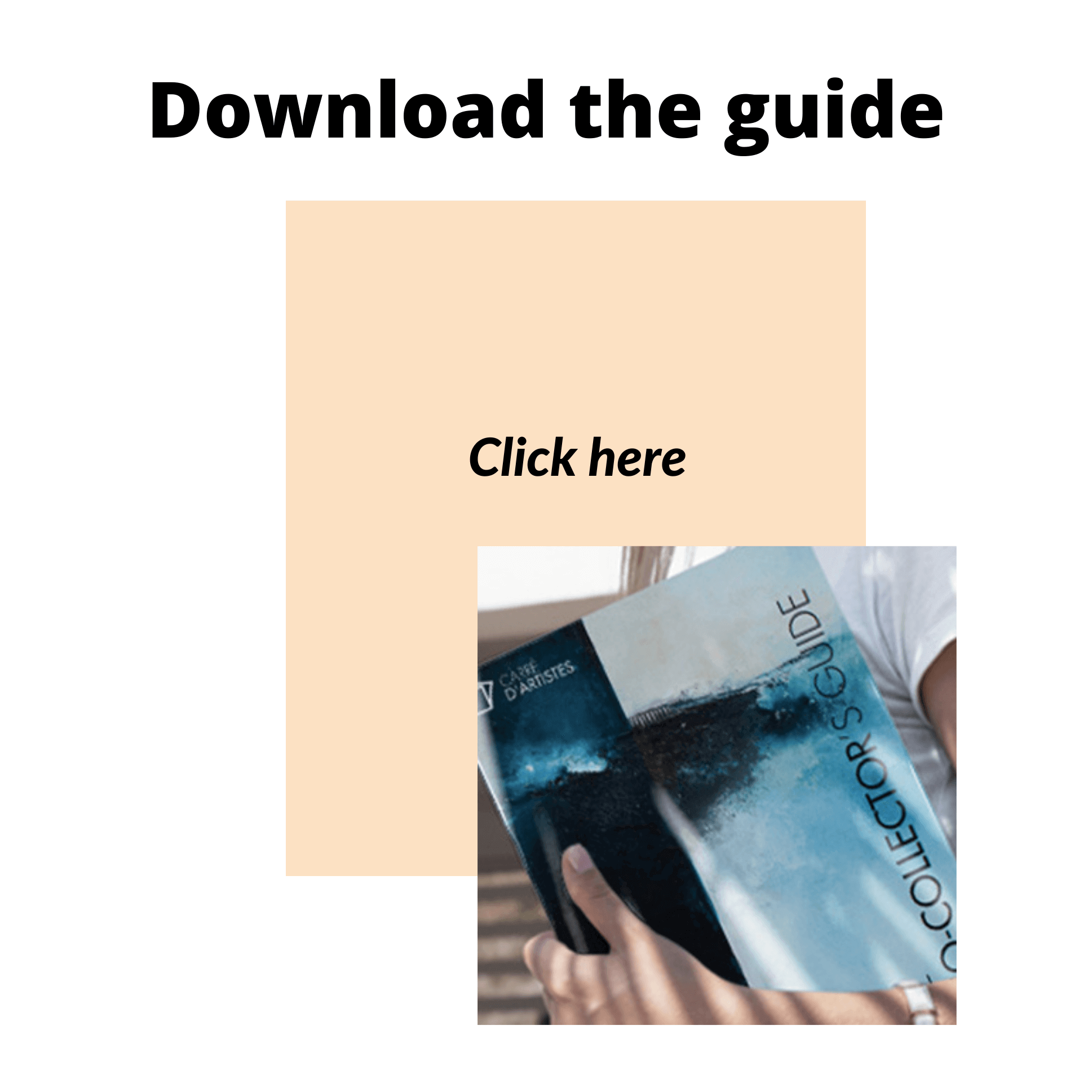Antoni Tàpies, poet of matter
- 12/05/2021
Fertile land of artists, Catalonia welcomes in December 1912 Antoni Tàpies i Puig.
Born in a cultured family of the small Spanish bourgeoisie deeply attached to Catalonia, his nineteenth century ancestors were publishing and selling books.
With its own library in the foundation named after him, he is the real heir of this scholars family.
Antoni Tàpies himself has devoured, in an endless way, pages, lines and words until his death in 2012.

He will use this time to study Art history, philosophy and romantic music.
He gives himself into his two favorites hobbies : drawing and painting, marked by the violence of the civil war which raged in Spain.
In 1942, his fate definitely changes when he suffered a tachycardia crisis during which he sees himself death and where he is subject to hallucinations and delusions.
So, that’s decided, the art will be his way.
ART AND MATTER
Inspired by Joan Miro, his ultimate Master, in the 1940s, his first paintings are full of surrealism, cubism, Dadaism and abstraction.
However, it is from 1950 that Antoni Tàpies began to be internationally famous. Between his first exhibitions, his travels and his encounters with Pablo Picasso, George Braque, Marc Chagall and Alberto Giacometti, he began his early pioneering work on material.
With a slight surrealist influence at the beginning, his painting slowly turns toward geometric abstraction and informal art.
Haunted with Civil War and World War II, Antoni Tàpies lacerates, cuts, tears and claws his artworks as he wants to show the traces left by Man during those conflicts.
He calls his paintings "battlefields where injuries are increasing at infinity".
But the heart of the art of Tapies is in the use of the material, from art brut and pintura matérica.

He was one of the first to offer relief to his work adding many materials left out by the world of art.
Qualified as poor, these materials such as mud, sand, dirt or tar are mixed with other objects like boots, string, sheets or planks to form paintings sculptures.
Father of the « Matterism » and pioneer of « Arte Povera », he is exposed in the biggest museums in the world and is considered as one of the flagship of contemporary art that has had a lot of influence on the current artistic production.
SOPHIE COSTA, HEIRESS OF MATTERISM
After a career in biochemistry and cosmetic industry, Sophie Costa plunges into a self-taught artistic approach.
Matterist painter and artist, she uses everyday objects that she glues on canvas for adding thickness.
Sophie Costa is working on two distinct areas: coated or textures that she claws and lacerates, and then she adds some objects to his paintings.
The force generated by the colors, the power and the strength of raw materials allow her a greater freedom of expression and interpretation.
THE NEO-COLLECTOR'S GUIDE
Everything you always wanted to know about the art market but were afraid to ask!
The art market often appears to be a domain reserved for a privileged few...
This is not true: accessible to all, the art market is only waiting for its new collectors.
For those who still have a doubt :
Here are the answers to the questions commonly asked!
What is a work of art?
What is the purpose of art?
What is the purpose of a certificate of authenticity?
What should you look out for when buying a work of art?
















